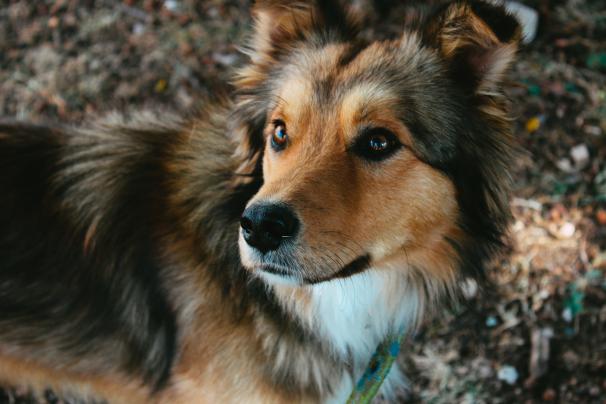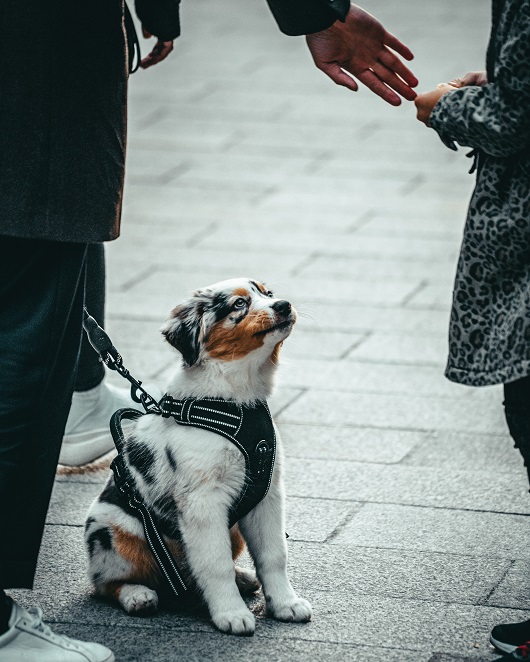In the world of today’s military operations, safety is the top dog. To give a helping hand to our military belgian malinois and their human buddies, they’ve decked out their tactical vests with a cool gadget: spectral analysis sensors. These gizmos are all about sniffing out nasty gases and making sure everyone stays out of trouble. Let’s dive into how they work.

Meet Spectral Analysis Sensors
Spectral analysis sensors are like the bloodhounds of the gadget world. They sniff out gases in the air and tell us what’s what. But instead of a wet nose, they use light and science to get the job done.
Sniffing out hazardous gases
Here’s how these sensors work their magic:
Light and Gas Tag Team
These sensors shine a special type of light, usually in the infrared range, into the air. When this light bumps into gases, it can either get absorbed or bounce off in a unique way. Each gas has its own signature move, so to speak.
Gas Signatures
Different gases are like unique fingerprints; they leave a distinct mark when they interact with light. These sensors have a big library of these gas signatures in their brains. When they see a signature match, they know which gas is in the air.
Always on the Prowl
Spectral analysis sensors don’t take breaks. They’re always watching and collecting data on the gases in the air. If they catch a whiff of something bad, they sound the alarm, giving folks a heads-up.
Sounding the alarm
To make sure no one misses the memo, these sensors can trigger alarms—think loud noises or flashing lights. It’s like a warning bell for danger.
Staying in Touch
These sensors can also talk to each other and send messages. If one sensor detects a bad gas, it can tell the others, so everyone stays in the loop.
Where They Come in Handy
Spectral analysis sensors are the superheroes of gas detection in all sorts of military situations.
Gas Attack Defense
In a chemical attack, these sensors are like early warning systems. They spot toxic gases in the air and give a shout-out, so soldiers and their furry pals can gear up for protection.
Industrial Danger Zones
In places where there are industrial or environmental hazards, these sensors are on the lookout for leaks or harmful gases. They make sure troops are safe and the environment stays clean.
Covert Ops
On hush-hush missions, these sensors help keep a low profile. They sniff out hidden dangers, like traps rigged with toxic gases.
Border Watch
At border crossings or during surveillance missions, these sensors help uncover illegal activities involving hazardous substances.
Search and Rescue
When things go haywire, these cool spectral analysis sensors lend a hand in locating survivors while making sure the rescue crews don’t stumble into any dangerous gas surprises.
Challenges and What’s Next
Despite their super-sniffing skills, these sensors have their challenges, like dealing with tricky conditions or interference from other gases. Scientists are working to make them even better—more sensitive, better at telling gases apart, and easier to carry around for different missions.

Conclusion
Those fancy spectral analysis sensors in the military Belgian Malinois tactical vests are like the high-tech versions of gas detectors you might have at home. They don’t sniff with their noses, but they use cool light tricks to figure out what gases are hanging around in the air.
And their main gig is making sure everyone stays safe during military missions. As technology keeps moving forward, these sensors will just keep getting better at spotting trouble.
 Armand
Armand